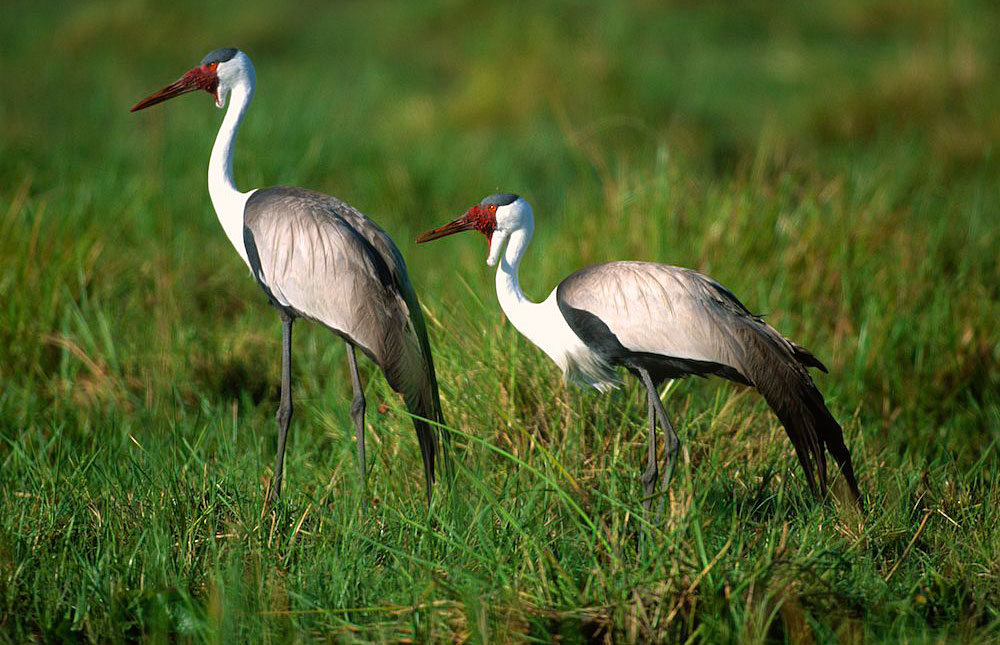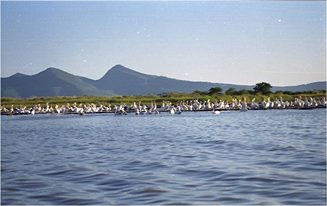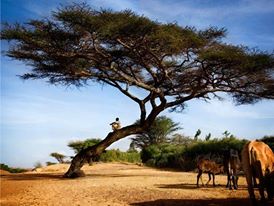Ethiopia’s Historic North and Omo Valley: 14 Days / 13 Nights
Ethiopia is one of those rare Africa destinations with two distinct diversified regions of historical and geographical uniqueness. Travel to the northern part of the country with its 17 centuries of Christian history. Visit three UNESCO World Heritage sites and learn about interesting historical parallels with Jerusalem and Queen of Sheba, the famous leader of the Axumite Empire. Proceed to southern Ethiopia and be amazed on how the culture and lifestyle is so different from their fellow Ethiopians to the north. Visit four distinct tribal villages and feel as though you have stepped back in time.
Itinerary
Day 01 Arrival – Addis Ababa
For morning arrivals, optional visit to the Ethnographic Museum, a great introduction to Ethiopian culture and history. If time allows, visit the Mercato, one of Africa’s largest outdoor markets, and Trinity Cathedral, resting place of Emperor Haile Selassie.
Overnight Hotel – Addis Ababa
Day 02 Addis Ababa – Bahar Dar
Fly to Bahar Dar on Ethiopian Airlines. Visit the marketplace in Bahar Dar. Take a boat tour on Lake Tana, the source of the Blue Nile, and tour ancient island monasteries.
Overnight Hotel – Bahar Dar
Day 03 Bahar Dar – Gondar
Drive through the countryside to Gondar. Tour the Royal Enclosure, a UNESCO World Heritage site featuring five castles built by a succession of Ethiopian Kings beginning in the early 17th century. Having survived several wars, including air raids during World War 2, the castles are a testament to the resilience of this once mighty African Empire. Visit the church of Debre Birhan Selassie, famous for its religious art and especially its iconic ceiling depicting angels.
Overnight Hotel – Gondar
Day 04 Gondar – Lalibela
Fly to Lalibela on Ethiopian Airlines 700 kilometers north of Addis Ababa. Tour the magnificent rock-hewn churches of Lalibela, a UNESCO World Heritage site. This group of eleven monolithic and semi-monolithic structures were carved directly into the stone of the mountainside at least 800 years ago. This complex boasts the largest monolithic church in the world, a maze of passageways and tunnels, intricately carved reliefs, and fabulous examples of icon paintings.
Overnight Hotel – Lalibela
Day 05 Lalibela
For the morning you have two choices: Take a morning hike with mules to Mount Asheton, with its 13th century rock-hewn monastery and great views of the town; – OR – Drive to Yemrehanna Kristos, a beautiful church situated in a shallow cave that predates the churches of Lalibela. The drive to Yemrehanna will also give you the opportunity to view the rural countryside and villages of the Ethiopian highlands. Following either option above continue with tour of Lalibela’s churches in the afternoon.
Overnight Hotel – Lalibela
Day 06 Lalibela – Axum
Fly to Axum on Ethiopian Airlines. Tour the ancient stelae fields, standing for 2000 years. Visit the new and impressive Archeological Museum. Visit other tombs and archeological sites as time permits.
Overnight Hotel – Axum
Day 07 Axum – Addis Ababa – Lake Langano
Fly to Addis Ababa and then drive to the Rift Valley Lake Langano. Relax at the Sabana Lodge. Lake Langano is safe for swimming.
Overnight Lodge – Lake Langano
Day 08 Lake Langano – Arba Minch
Drive to Arba Minch via Melka Kunture, a stone-age archeological site; Adadi Mariam, a 12th century rock-hewn church; and Tiya, a UNESCO World Heritage Site, with its mysterious stelae, thought to be grave markers, dating from the 12th century. Also visit a Dorze Village in the Guge Mountains. The Dorze are known for their tall, beehive-shaped bamboo houses. If the base becomes infested with termites, the entire house can be lifted and moved to another location.
Overnight Hotel – Arba Minch
Day 09 Arba Minch – Jinka
Take a boat trip on Lake Chamo and view some of the largest crocodiles in the world sunning on the banks of the lake. Hippopotami and birdlife are also abundant. Drive to Jinka visiting various peoples such as the Gamo and Derashe. Stop at Key Afar’s weekly market (if on a Thursday) and wander among the various tribes such as the Benna and Ari that have gathered to barter their goods.
Overnight Lodge – Jinka
Day 10 Mago National Park Excursion
Early morning drive to the Mago National Park to visit the Mursi people. The Mursi women are known for the clay plates they insert into their lower lips. Time permitting, visit the Omo Valley Museum in Jinka.
Overnight Lodge – Jinka
Day 11 Jinka – Turmi
Drive to Turmi to visit the Hamer people who are well known for the scarring of their bodies, using clay to shape their hairstyles, and the unique practice of “bull-jumping” which every young man must accomplish prior to marriage. En route to Turmi, visit the Benna and Ari people.
Overnight Lodge – Turmi
Day 12 Murele Excursion
Drive to Murele and visit the Karo people, known for their elaborate body-painting. Also visit a village of the Dassanech people. Return to Turmi for the evening.
Overnight Lodge – Turmi
Day 13 Turmi – Konso
Drive to Konso, recently designated as a UNESCO World Heritage site. A highland people, the Konso are known for the ancient and intricate terraces that encircle their well-planned villages. Overnight Lodge – Konso
Day 14 Konso – Arba Minch – Addis Ababa
Drive from Konso to Arba Minch for flight to Addis Ababa. Enjoy a farewell dinner at a traditional Ethiopian restaurant featuring dancers and musicians representing some of the country’s many ethnic groups. Transfer to airport for late night departure upon request.


